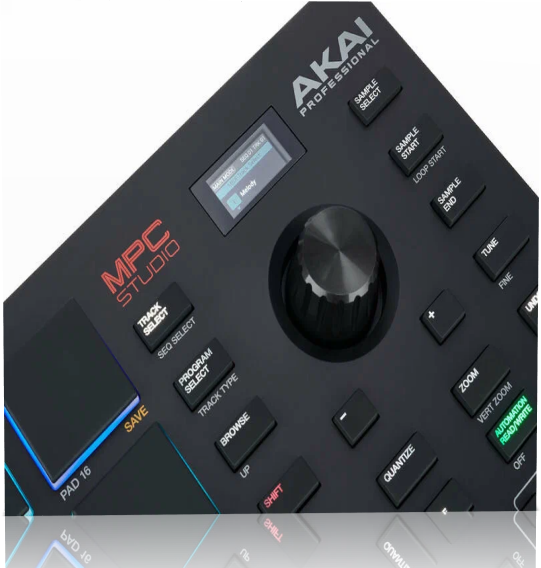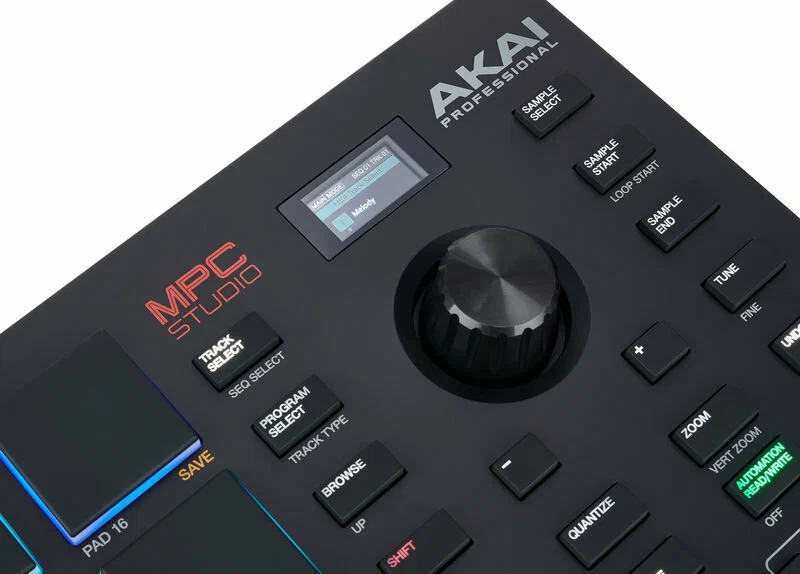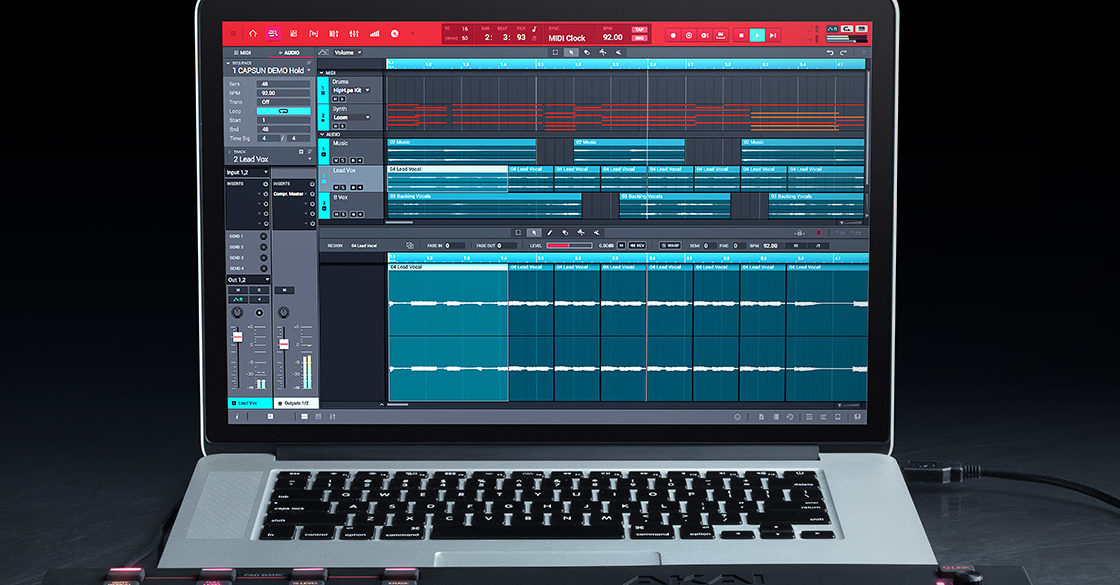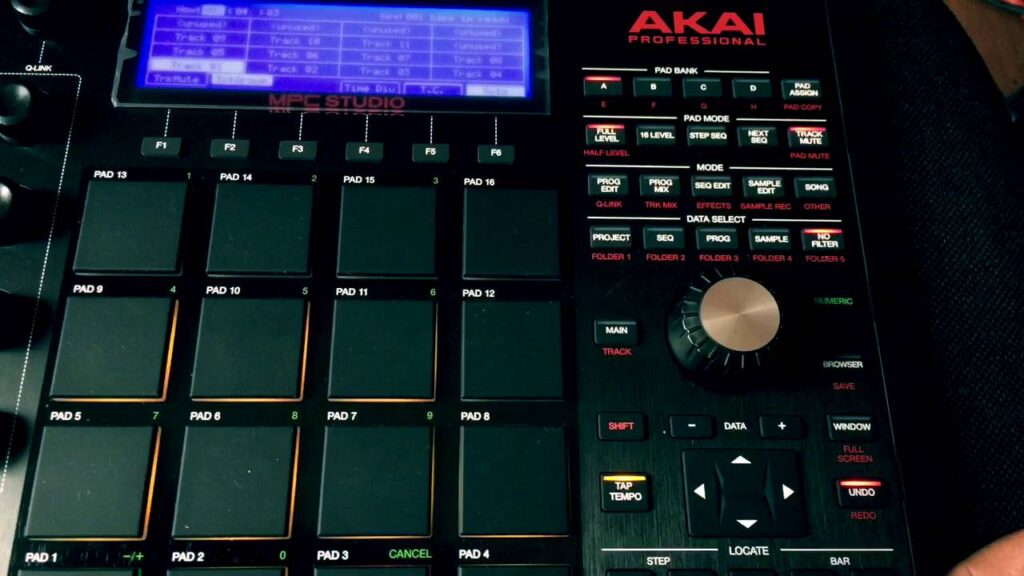Akai mpc studio software free download full version
The Akai MPC Studio software is a powerful tool for music production, combining the classic feel of MPC hardware with the flexibility of modern software. Whether you’re a seasoned producer or just starting out, this software offers a range of features that can help you create professional-quality music. In this article, we’ll dive deep into the various aspects of the Akai MPC Studio software, covering everything from its basic functionalities to advanced features.

Getting Started with Akai MPC Studio Software
1. Installation and Setup
Setting up the Akai MPC Studio software is straightforward. After purchasing the software, you can download it from the Akai Pro website. Follow the installation instructions, and you’ll be up and running in no time. The software is compatible with both Mac and PC, ensuring that you can use it regardless of your preferred platform3.
2. Connecting Your MPC Hardware
Once the software is installed, the next step is to connect your MPC hardware. The software is designed to work seamlessly with various MPC controllers, including the MPC Studio, MPC Renaissance, and MPC X. Simply connect your controller via USB, and the software will automatically recognize it4.
Exploring the Interface
1. Main Window
The main window of the Akai MPC Studio software is where you’ll spend most of your time. It features a clean and intuitive layout, with all the essential tools and controls easily accessible. The main window includes sections for sequencing, sampling, and mixing, allowing you to manage all aspects of your production from a single interface5.
2. Sequencer
The sequencer is the heart of the software, allowing you to create and arrange your musical ideas. With up to 128 tracks of sequencing, you can layer multiple instruments and sounds to build complex compositions. The sequencer also includes advanced editing tools, such as quantization, swing, and step sequencing.
3. Sampler
The sampler is another key component of the software, allowing you to record and manipulate audio samples. You can import samples from your sound library or record new ones using your MPC hardware. The sampler includes powerful editing tools, such as slicing, time-stretching, and pitch-shifting, giving you complete control over your samples.
Advanced Features
1. Real-Time Time-Stretching and Pitch-Shifting
One of the standout features of the Akai MPC Studio software is its real-time time-stretching and pitch-shifting capabilities. These features allow you to manipulate the tempo and pitch of your samples without affecting their quality. This is particularly useful for remixing and creating unique sounds.
2. Clip Launching
The software also includes clip-launching functionality, similar to what you would find in Ableton Live. This allows you to trigger loops and samples in real-time, making it ideal for live performances and improvisation. The clip-launching feature is fully integrated with the sequencer, allowing you to seamlessly switch between different clips and arrangements.
3. MIDI Editing
For those who prefer to work with MIDI, the software includes advanced MIDI editing capabilities. You can record and edit MIDI data using your MPC hardware or a MIDI controller. The software also supports MIDI learn, allowing you to map your hardware controls to various parameters within the software.
Tips and Tricks
1. Organizing Your Sound Library
With such an extensive sound library, it’s important to keep your samples and instruments organized. The software includes tools for tagging and categorizing your sounds, making it easy to find what you need. You can also create custom folders and collections to keep your favorite sounds within easy reach.
2. Using Effects
The Akai MPC Studio software includes a wide range of effects, from classic reverb and delay to more advanced modulation and distortion effects. Experiment with different effects to add depth and character to your sounds. You can also automate effect parameters to create dynamic changes over time.
3. Collaborating with Other Producers
The software makes it easy to collaborate with other producers. You can export your projects as audio files or MIDI data, allowing you to share your work with others. The software also supports various file formats, ensuring compatibility with other DAWs and music production tools.

Features of Akai MPC Studio
The Akai MPC Studio is loaded with features that enhance the music production process. Here are some of its standout features:
- Performance Pads: The 16 RGB pads are velocity-sensitive, allowing for expressive playback and triggering of samples.
- Step Sequencing: Create rhythmic patterns effortlessly with the built-in step sequencer, perfect for designing complex beats.
- Real-time Time Stretching: Adjust the tempo of samples without affecting pitch, providing flexibility in your productions.
- MPC Essentials: Access to a wide array of built-in sounds, effects, and loops that can spark inspiration and speed up the workflow.
- VST/AU Support: Utilize third-party plugins to expand your sound palette, enhancing the creative possibilities.
These features not only streamline the production process but also empower users to experiment and innovate in their music-making endeavors.
Technical Specifications
Before downloading the Akai MPC Studio, it’s essential to check the technical specifications to ensure compatibility:
- Version: Latest Release
- Interface Language: Multi-language support
- Designed By: Akai Professional
- Type of Software: Music Production Software
- Audio Language: English
- Uploader / Repacker Group: Various
- File Name: Akai_MPC_Studio_Setup.exe
- Download Size: Approximately 1.2 GB

System Requirements
Minimum Requirements:
- OS: Windows 10 (64-bit) or macOS 10.12 and above
- Processor: Intel Core i3 or equivalent
- RAM: 4 GB
- Hard Drive: 2 GB of free space
- Display: 1280 x 800 resolution
Recommended Requirements:
- OS: Windows 10 (64-bit) or macOS 10.14 and above
- Processor: Intel Core i5 or better
- RAM: 8 GB or more
- Hard Drive: SSD for faster load times
- Display: 1920 x 1080 resolution

How to Download and Install
To download the Akai MPC Studio, simply click on the download button provided on the website. After the download is complete, follow these steps to install the software:
- Locate the downloaded file (Akai_MPC_Studio_Setup.exe) and double-click to run it.
- Follow the on-screen instructions to complete the installation.
- If prompted for a password, use “MPCStudio2024” to proceed with the installation.
How to Start Using Akai MPC Studio
Once you have installed the software, follow these steps to get started:
- Launch the Akai MPC Studio from your desktop or start menu.
- Create a new project or open an existing one.
- Familiarize yourself with the interface by exploring the different sections: Pads, Mixer, and Effects.
- Begin creating by loading samples or recording using the pads.
- Experiment with the built-in effects and tools to enhance your tracks.

Leave a Reply